All Science
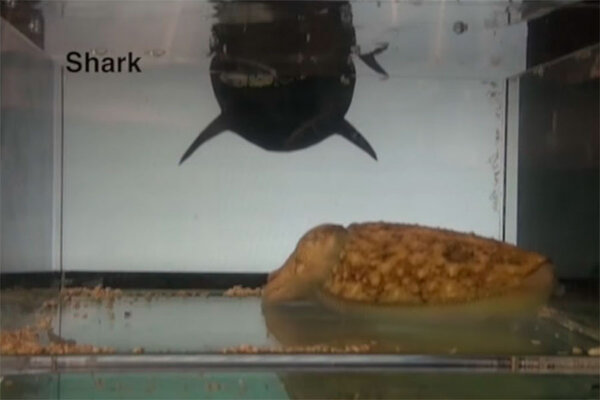 New study reveals electric camouflage in cuttlefish
New study reveals electric camouflage in cuttlefishCuttlefish not only camouflage themselves, they also freeze to evade bioelectrical detection.
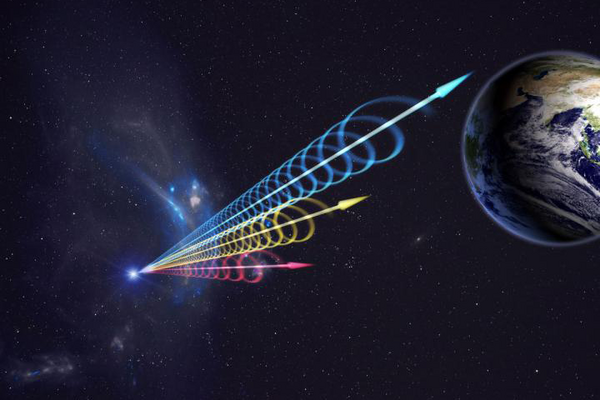 Scientists detect mysterious radio pulse from deep space. What is it?
Scientists detect mysterious radio pulse from deep space. What is it?The scientific explanation is that it's a radio signal from 6 billion light years away, possibly coming from a supernova or a forming star.
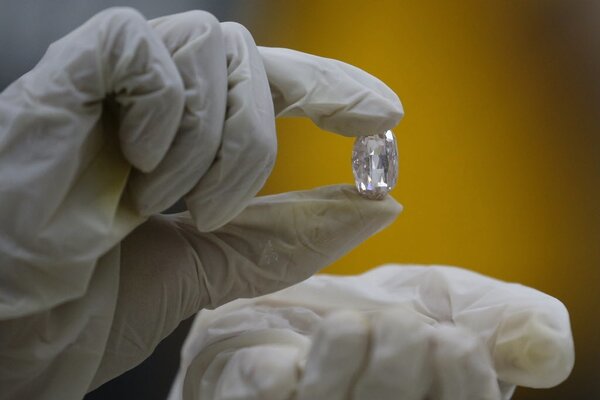 A replacement for diamonds? Scientists discover Q-carbon
A replacement for diamonds? Scientists discover Q-carbonScientists have discovered a new method for manufacturing diamonds.
 SpaceX to attempt landing a rocket from orbit on ground
SpaceX to attempt landing a rocket from orbit on groundLater this month, SpaceX will attempt to be the first company to land a rocket from orbit, which if successful, would mark huge gains in the quest for reusable rockets.
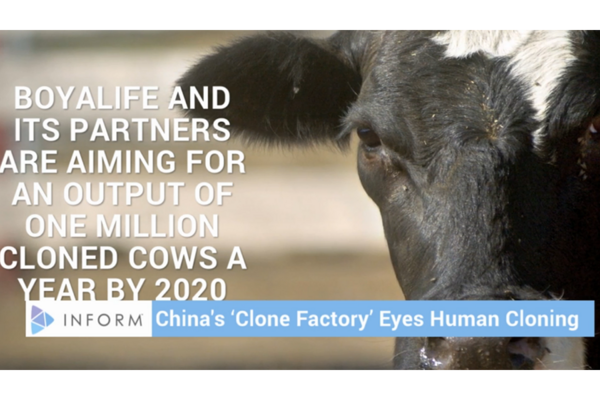 First LookChina to build massive cow cloning facility: Are cloned humans next?
First LookChina to build massive cow cloning facility: Are cloned humans next?The Chinese company Boyalife hopes the cattle cloning factory will help change global perceptions of cloning.
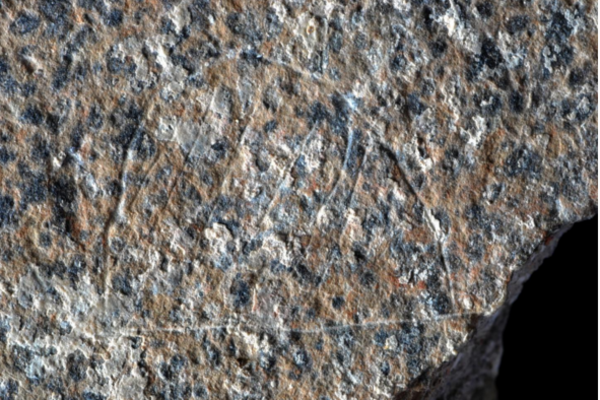 First LookWhat was life like for hunter gatherers? 13,800-year-old sketch offers clues.
First LookWhat was life like for hunter gatherers? 13,800-year-old sketch offers clues.Researchers found a landscape sketching by a 13,800-year-old Paleolithic artist, changing the way experts think of ancient humans' settlements and artistic ability.
 As sales slide in wealthy nations, tobacco ads target poor countries
As sales slide in wealthy nations, tobacco ads target poor countriesThere are 81 percent more tobacco ads in poor countries than in wealthy ones, and the poorer the country, the more often cigarettes are found for sale in shops, says a new WHO study.
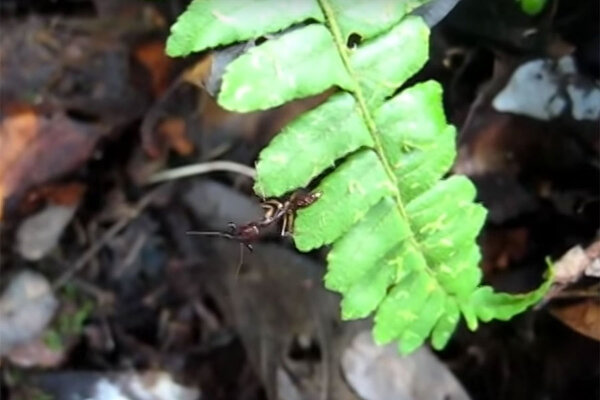 How jumpy are trap-jaw ants?
How jumpy are trap-jaw ants?Trap-jaw ants don't just jump, a rarity among ants, they have actually been observed jumping in three distinct ways.
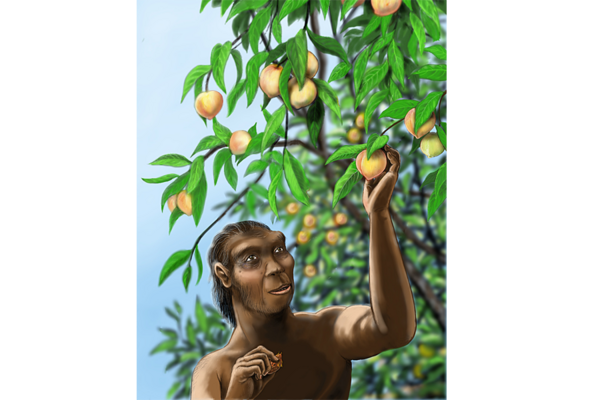 Paleo peach pits: Was the sweet, juicy fruit in China way before humans?
Paleo peach pits: Was the sweet, juicy fruit in China way before humans?Scientists found 2.5-million-year-old peach pits in southwest China, and they're remarkably similar to those found at the center of today's fleshy fruit.
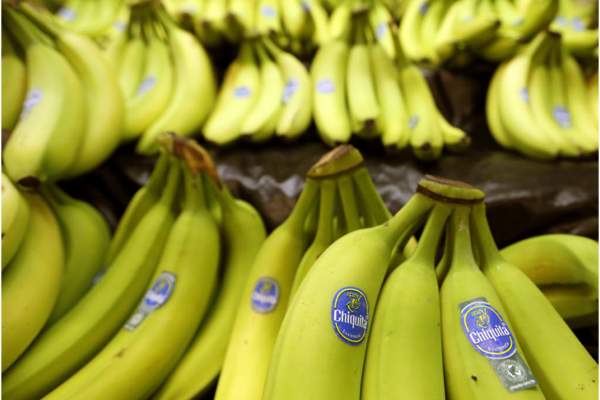 Is the top-selling banana really going extinct?
Is the top-selling banana really going extinct?Some experts say yes, but critics retort that rumors of a 'bananapocalypse' are a 'chicken little' hypothesis that's been circulating for years to no effect.
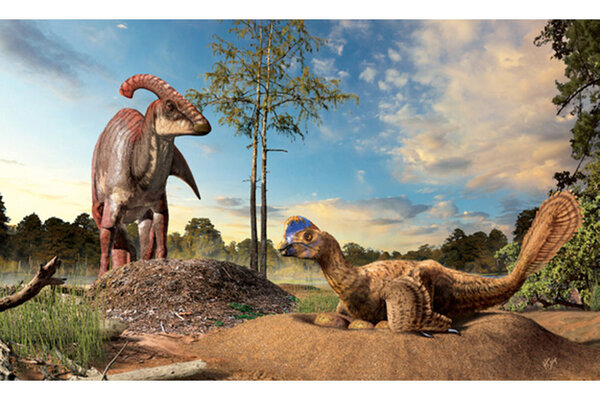 Ancient dinosaur eggshells show their nesting connection with birds
Ancient dinosaur eggshells show their nesting connection with birdsA study of the fossilized eggshells of theropod dinosaurs, the ancestors of modern-day birds, found that, as with birds, the eggs incubated in the open air and not underground.
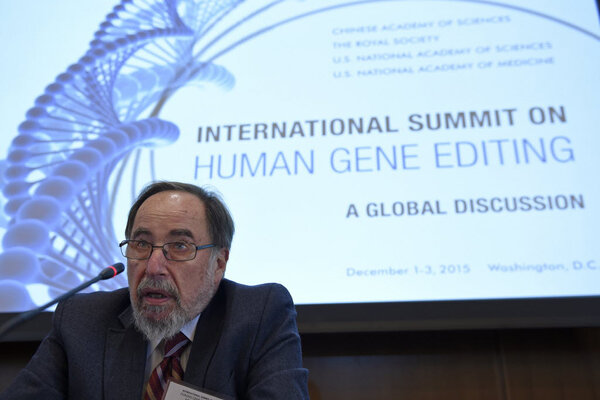 First LookIs gene editing going too far? Ethical boundaries of CRISPR debated
First LookIs gene editing going too far? Ethical boundaries of CRISPR debatedThe Human Gene-Editing Initiative has convened scientists from more than 20 countries to weigh the potential benefits and risks of editing genes.
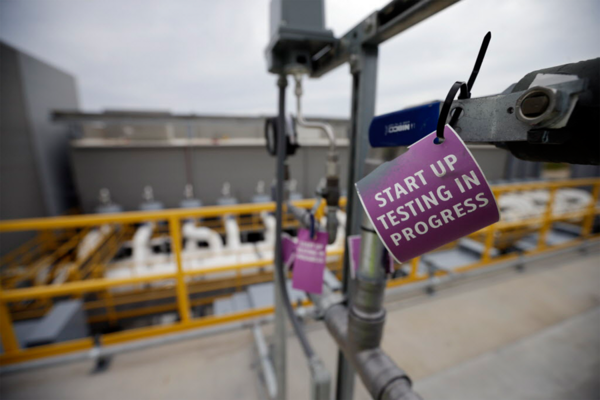 San Diego desalination plant could ease California's water woes
San Diego desalination plant could ease California's water woesSan Diego is nearing completion on a desalination plant that will provide potable drinking water to its citizens, offering a possible solution to the drought crisis that has gripped the state since 2011.
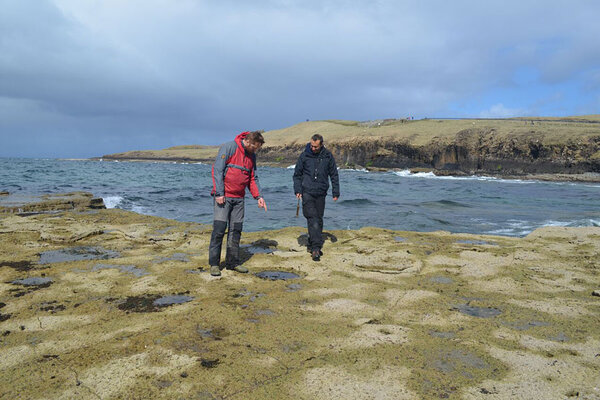 Was there a ‘dinosaur disco’ 170 million years ago in a Scottish lagoon?
Was there a ‘dinosaur disco’ 170 million years ago in a Scottish lagoon?Scientists stumbled upon humongous 170-million-year-old dinosaur tracks on the Isle of Skye. These dinosaurs are estimated to be the largest animals ever to roam the Earth.
 Why is this 15-year-old suing Obama?
Why is this 15-year-old suing Obama?Xiuhtezcatl Tonatiuh is among 21 young activists between the ages 8 and 19 that are suing the federal government for endangering their future by refusing to ditch fossil fuels.
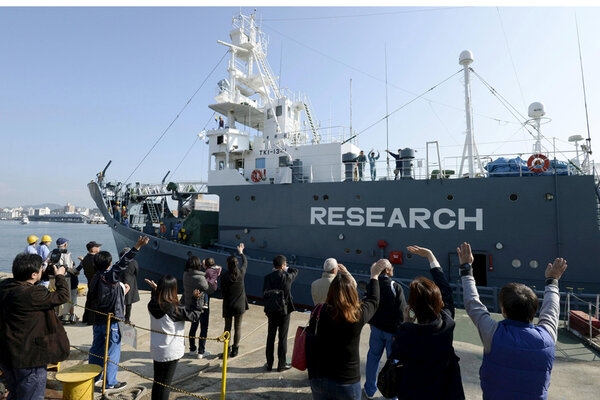 Almost nobody in Japan eats whale. Why is whaling so important to Japan?
Almost nobody in Japan eats whale. Why is whaling so important to Japan?The economics of whale hunting simply don't make sense, suggesting a Japanese cultural need to defy international regulations.
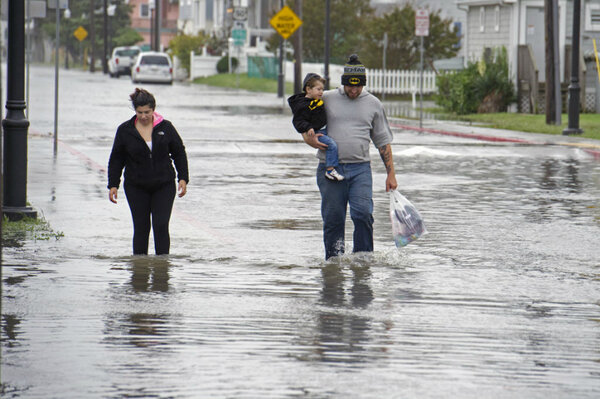 Why hurricane season is getting longer
Why hurricane season is getting longerEl Niño has helped set records in the Atlantic and Pacific oceans this year but to varying degrees.
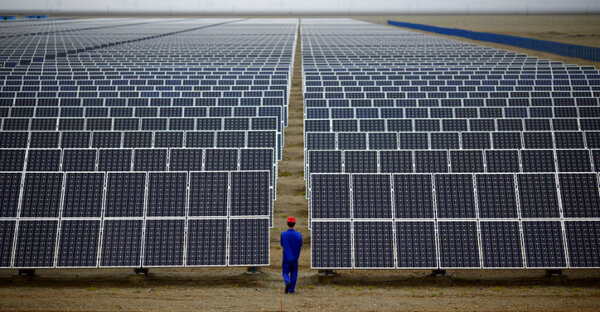 Researchers discover how to mimic plants for solar production
Researchers discover how to mimic plants for solar productionNew process uses less material to capture more sunlight, which could eventually make solar power cheaper.
 How did dinosaurs build their nests?
How did dinosaurs build their nests?Most dinosaurs buried their eggs, like modern-day crocodiles, but others built nests like birds, say scientists.
 Science NotebookCommentary: 'Trust but verify' should be a motto of Paris climate talks
Science NotebookCommentary: 'Trust but verify' should be a motto of Paris climate talksThe success of the COP21 talks will hinge on the creation of a transparency-and-review mechanism to ensure that countries are meeting their voluntary emissions-reduction targets.






















